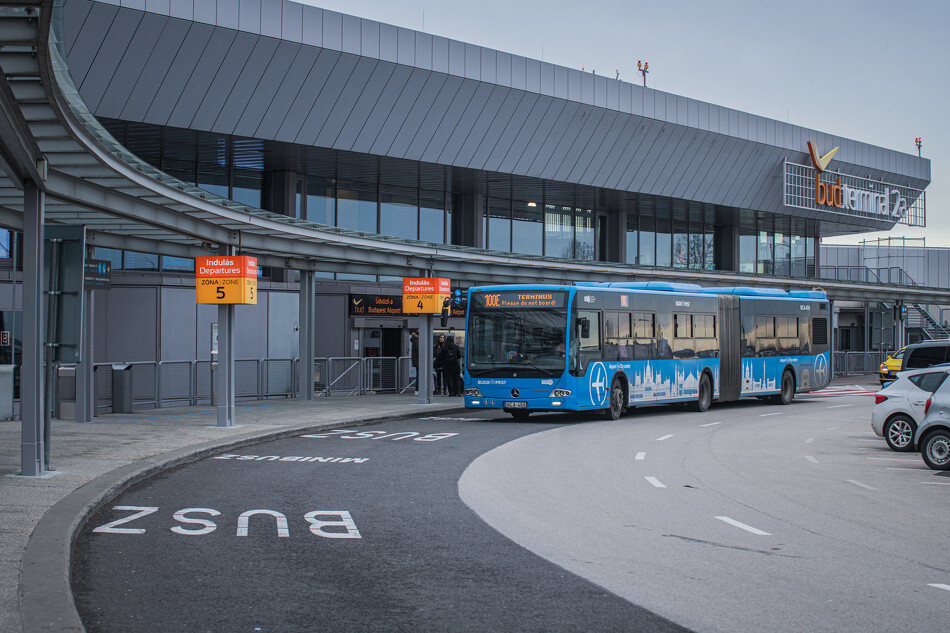The future is coming: Budapest Airport’s overhaul begins in 2025!

In June 2024, Budapest Airport embarked on a transformative new chapter by becoming a majority Hungarian-owned company. This landmark change was made possible through a partnership between Corvinus Zrt. and Vinci Airports, with a clear focus on improving passenger traffic and infrastructure.
According to Index, the new ownership team is committed to modernising and expanding the airport, with Terminal 3 at the heart of their ambitious vision. It is important to note that the scope of these improvements extends beyond the terminal itself, as public and private investors collaborate to enhance the surrounding transport infrastructure.

Terminal 3
The cornerstone of Budapest Airport’s development plan is Terminal 3, which will enter a critical phase in the second half of 2025. According to Máté Lóga, President of Budapest Airport Ltd., the design phase is nearing completion, paving the way for construction to begin in early 2025. This multi-year endeavour is set to become one of the most significant infrastructure projects in Central Europe.
Terminal 3 is being designed to meet growing passenger demand, which is projected to reach 20–30 million annually within the next decade. By employing the latest technologies and sustainable solutions, the new terminal aims to provide an efficient, comfortable, and environmentally friendly travel experience.
A focus on seamless connectivity between transport modes
The airport’s transformation is not limited to its terminals. The Hungarian government is actively promoting the development of the surrounding transport infrastructure, including the expansion of motorway networks and rail connections. Intermodality, the seamless integration of different modes of transport, remains a top priority. These enhancements are expected to streamline travel between the airport and Budapest, increasing its attractiveness and boosting passenger numbers.

In addition to Terminal 3, existing airport services are undergoing a technology-driven upgrade. Innovations such as automated border control gates and improved check-in counters are set to simplify passenger processes while increasing efficiency. These advancements not only enhance the user experience but also optimise the airport’s overall capacity.
The ambitious development programme is expected to yield returns sooner than initially anticipated. Máté Lóga suggests that the original 16.5-year payback period could be significantly shortened. Investor confidence is growing, underscoring the economic potential of the airport as passenger and freight volumes exceed forecasts.
Global expertise and local impact
According to Index, the development of Budapest Airport is being driven by a collaboration of world-class international and local expertise. Vinci Airports, with its extensive experience managing over 70 airports worldwide, is playing a key role in realising this vision. The partnership aims to position Budapest Airport as a premier travel hub, capable of meeting the growing demands of the region with excellence.
The acquisition of Budapest Airport marks a turning point for Hungarian aviation. From the construction of Terminal 3 to the modernisation of transport links and services, these investments promise to boost both capacity and the country’s economic prospects. The coming years will see this bold vision come to life, cementing Budapest Airport’s role as the gateway to Central Europe.
Read also:
- PHOTOS: Exclusive lounges at Budapest Airport reopened
- Going home for Christmas? Budapest to increase airport shuttle bus frequency
Source:





